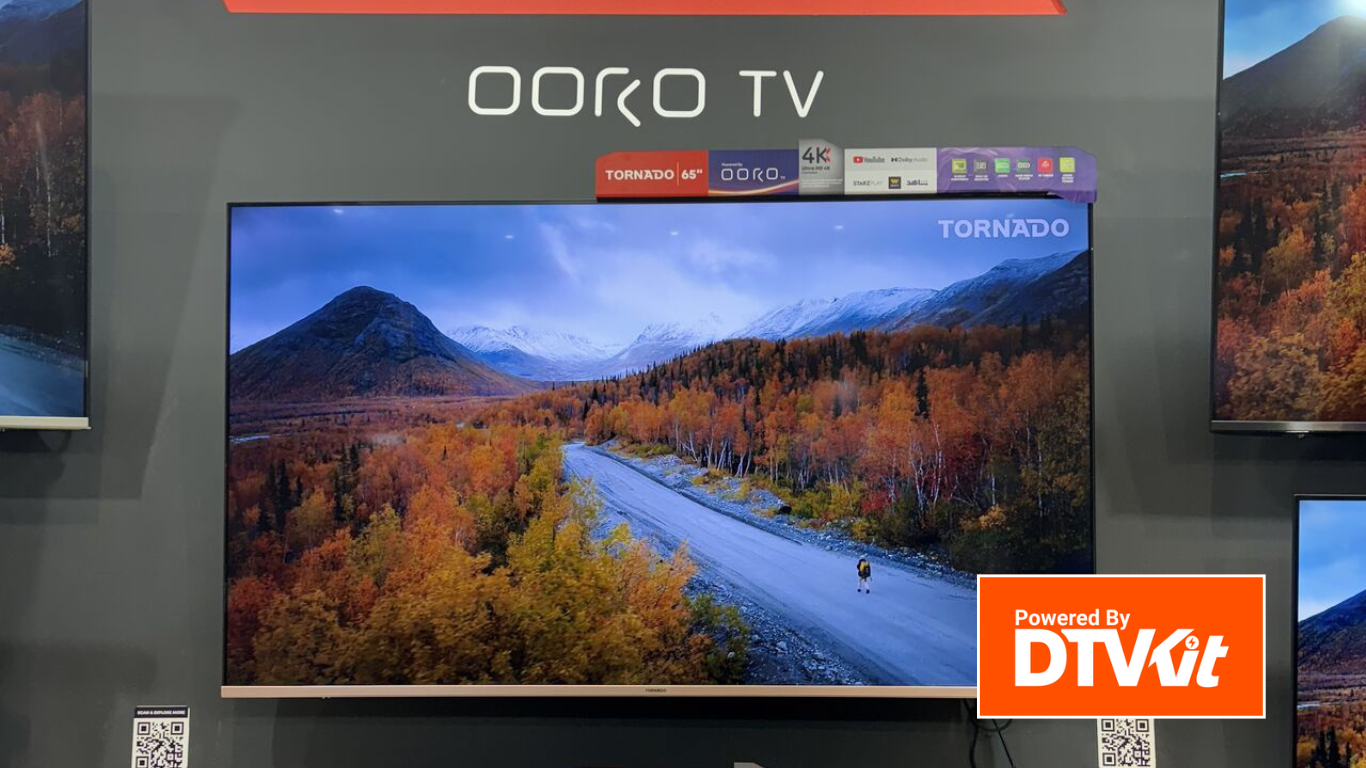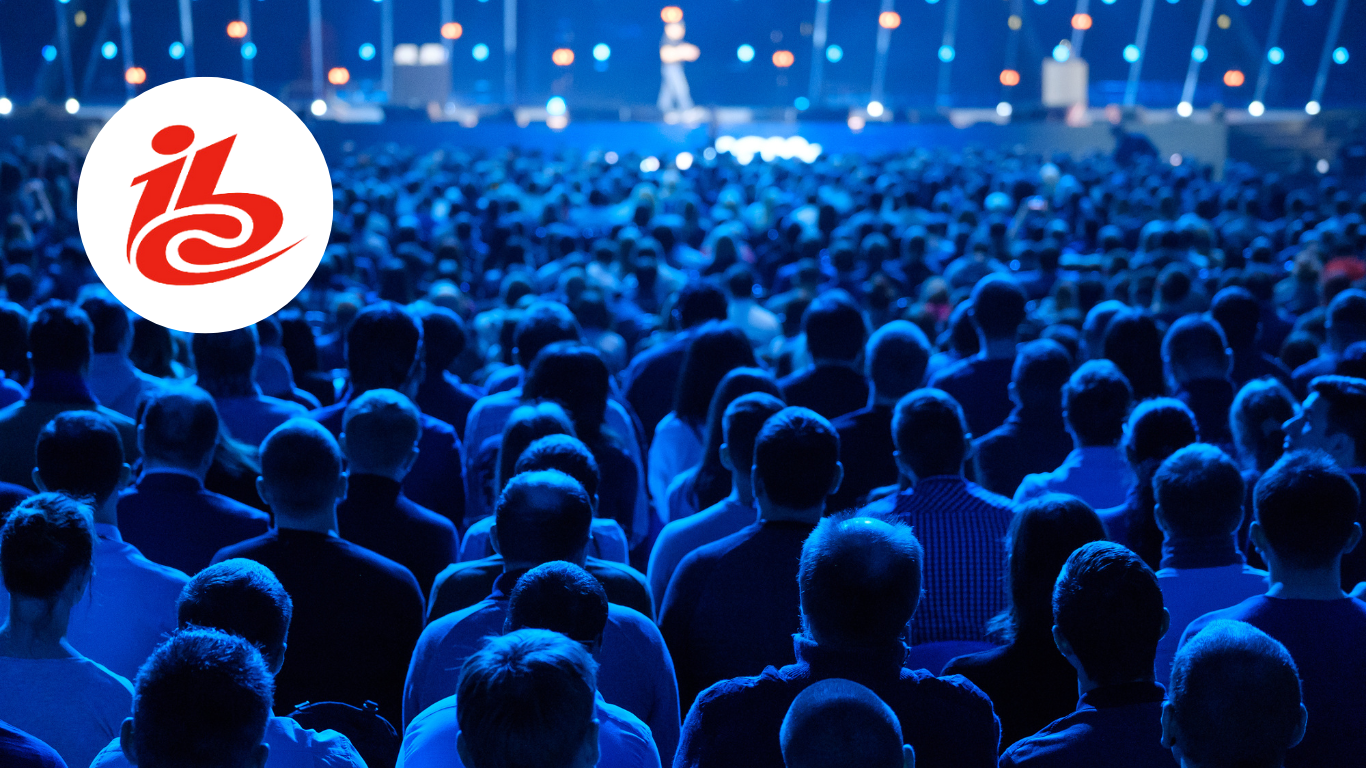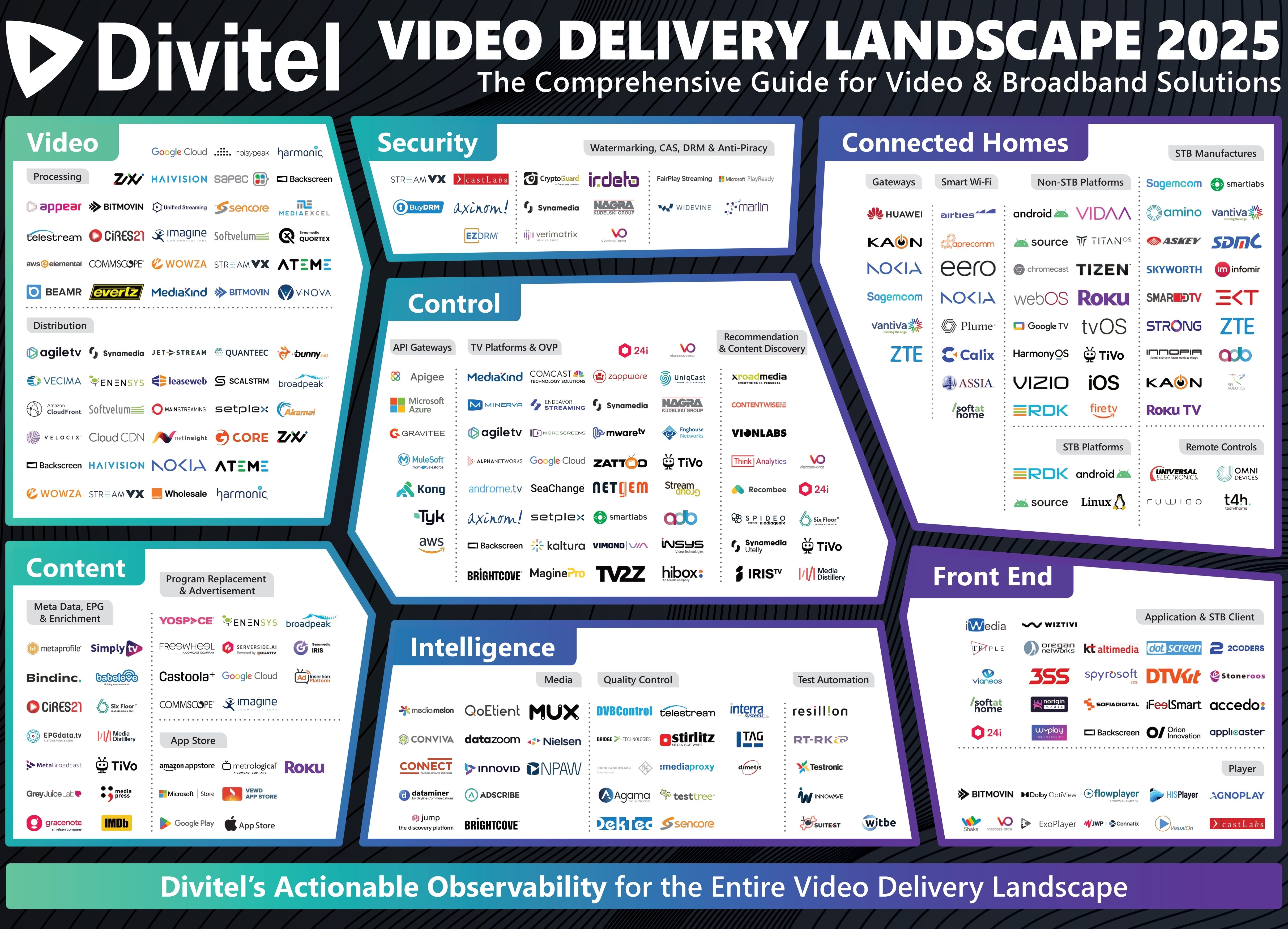The next decade is significant for the set-top box market, with shifts in media distribution, and there are many queries on the role these devices will play in the future. There are lots of set-top box trends that will flood in the market over the next 10 years. Many service providers have launched hybrid STBs and multimedia home gateways, which offer catch-up and significant streaming services inside their user interface and alongside their own content.
The primary function of STBs will evolve from tuning channels to launching apps. 5G will accelerate the move from broadcast, as governments repurpose terrestrial and satellite TV spectrum for mobile data services, and cable operators convert their bandwidth from TV broadcasts to more valuable broadband capacity.
Types of STB Strategies
The key to video service providers’ success will be maximising audience reach. Operators will utilise one or a combination of four set-top box strategies to support OTT apps, depending on how vital content aggregation is to their business goals: Bespoke STB and open software platform build (RDK, Android Open Source Project, Android TV operator tier), Bespoke STB and off-the-shelf software Android TV or Roku, off-the-shelf streaming media device (e.g. Apple TV), or bring your own device. Irrespective of the strategy chosen, STB’s will remain a means to get service provider content on TV screens through the next decade. The use of third-party devices leaves operators unable to ensure the quality of service or even guarantee their app’s continued compatibility.
The shift to apps removes the requirement for closed proprietary STB middleware. Software vendors will continue to pivot provide open platform builds, Android TV launchers and OTT apps; this creates opportunities for STB vendors to cut out software middlemen and do in-house Android and RDK integration to add value to their offering by simplifying deployment. There is likely to be market consolidation between STB vendors that cannot perform this function in-house and software vendors specialising in open platform builds.
Potential STB Features
App-centric platforms typically rely on cloud processing and storage for much of their functionality, which ultimately removes functionality from the STB and reducing its value. STB vendors will look to counter this by adding new functionality to STB’s. To add value set-top box makers have been looking into adding microphones and speakers to create voice-assisted soundbar devices. Many STB vendors believe there is an opportunity in to create value through enhancing the aural experience of video, allowing service providers to bundle this as part of their content aggregation.
Multi-access Wi-Fi will become a necessity over the next decade to support a multitude of devices in the home. Amazon and Google are currently dominating the retail products market, but broadband service providers are beginning to deploy similar CPE to defend their position within that home network. Integrating mesh Wi-Fi into STBs to make them access points should be a natural fit for vendors given that many also make broadband CPE. This would provide a low-friction way for the triple-play providers to scale multi-access point Wi-Fi.
Pay TV is Creating Further Opportunities
Further opportunities for STB vendors will be created through Pay TV’s growing use of AI. Making edge processing available in the STB will be more cost-efficient than the cloud in many cases because the cost of bandwidth isn’t falling as fast as the costs of computing and storage. Alongside economic benefits, latency improvements from using the edge also allow operators to offer enhanced user experience by allowing audio capabilities like automated speech recognition and natural language understanding to be performed faster while enabling cases like real-time language translation services.
Security concerns and control over analytics data will also enable technology that maintains user-centric privacy by profiling and storing subscriber data locally, meaning that GDPR considerations can be eased. Although edge computing in STBs cannot be expected to replace cloud computing in its entirety, it will increasingly complement it by performing lightweight computational workloads locally on the STB while leaving intensive computational workloads in the centralised cloud.
STBs cause service providers numerous sustainability problems: pollution from production, the carbon footprint from deployment, plastics overuse, e-waste from short-lived electronics products, and power consumption from operations.
Whether through the provision of a unified platform for service providers to act as super aggregators, the addition of enhanced audio or networking capabilities, or embracing sustainability, it’s clear that the set-top box must evolve to deliver value in the coming decade.
Source: Omdia
To check out the latest industry news, click here!







